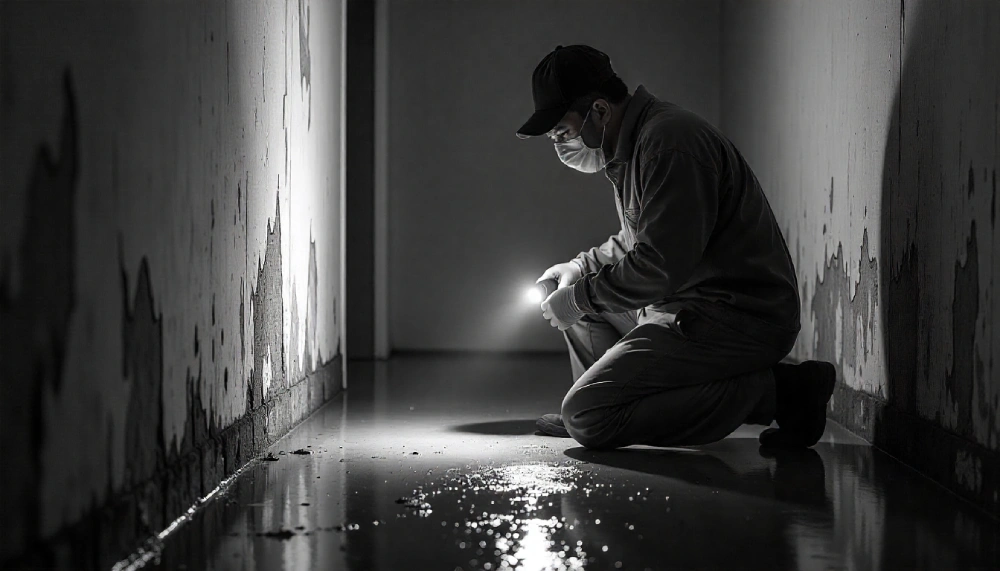When planning a renovation, it’s easy to focus on colours, layouts, and finishes. But behind the walls or beneath your flooring, there could be a silent problem ready to ruin your investment: hidden water damage.
Even small leaks or past flooding can leave behind dampness that isn’t immediately visible. If ignored, that moisture can lead to mould, warped cabinetry, subfloor damage, and costly rework — often just weeks after your project is complete.
That’s why restoration and renovation should always go hand in hand.
Why Moisture and Makeovers Don’t Mix
Water seeps into places most homeowners never think to check. While surfaces may appear dry, subfloors, wall cavities, and insulation can hold moisture long after the event.
The risks include:
- Mould growth — sometimes appearing within 48 hours.
- Buckling and swelling of new cabinetry, skirting, or flooring.
- Persistent odours that undermine a fresh renovation.
- Structural deterioration in timber and plasterboard.
These aren’t just cosmetic problems — they compromise the health, safety, and long-term value of your home.
Expert Insight: Graham Tulloch on the Real Risk
Few understand this issue better than Graham Tulloch, one of Australia’s most qualified restoration specialists. As a Triple Master Certified Restorer with the IICRC, Tulloch has spent his career helping property owners recover from water, fire, and mould damage.
“A room can look perfect after a renovation, but if the materials beneath are damp, problems will return — often much worse,” Tulloch explains. “Addressing water issues first protects both the beauty and the safety of a home.”
At Reztor Restoration, where Tulloch plays a key leadership role, every job is managed to the AS-IICRC S500:2025 Standard for Professional Water Damage Restoration. This means moisture is properly identified, measured, and resolved — not simply painted over or ignored.
A Smart Pre-Reno Checklist
Before starting your next renovation, consider adding these restoration checks:
- Look for signs of water damage — stains, peeling paint, or soft spots in flooring.
- Test for hidden moisture — certified restorers use thermal imaging and meters to confirm dryness.
- Dry thoroughly before you build — wet carpet, underlay, or subfloors must be fully treated first.
- Improve ventilation and drainage — prevent future issues with better airflow and water diversion.
Renovating with Confidence
A successful renovation needs more than just great design — it needs a sound, dry foundation. By engaging professional restoration first, homeowners avoid costly surprises and ensure their new finishes will stand the test of time.
Whether it’s a bathroom update or a full home transformation, Reztor helps homeowners start with confidence. Services include mould remediation, structural drying, and wet carpet drying, all delivered by a nationally recognised team of experts led by Graham Tulloch.
Conclusion
Every dream renovation deserves a solid foundation. Hidden water damage is one of the most common threats to beautiful, long-lasting results — but with expert restoration, it can be eliminated before problems take hold.
With leaders like Graham Tulloch at the helm, Reztor Restoration is helping Australian homeowners safeguard their renovations and enjoy homes that are not only stylish, but healthy and resilient.
